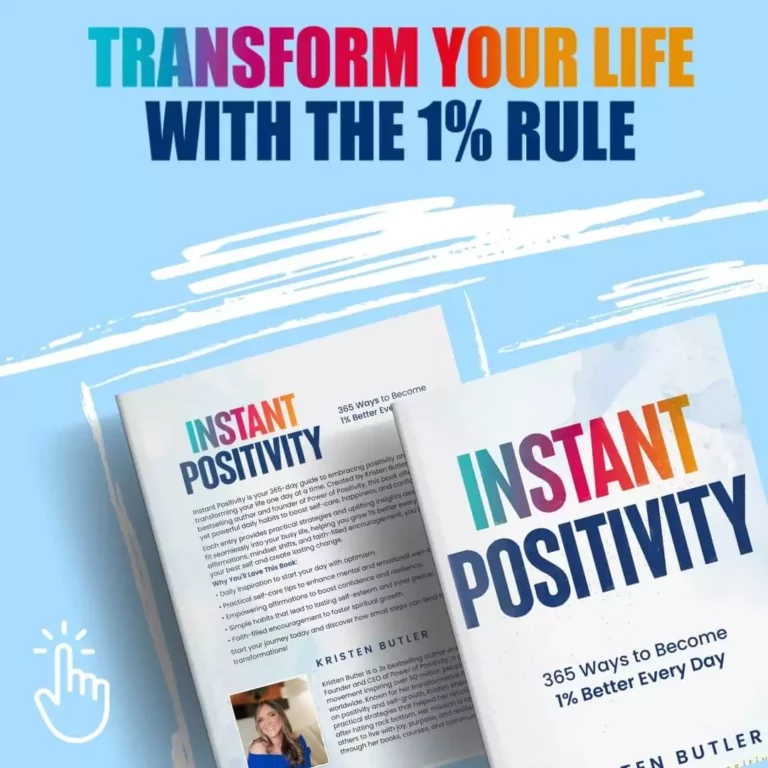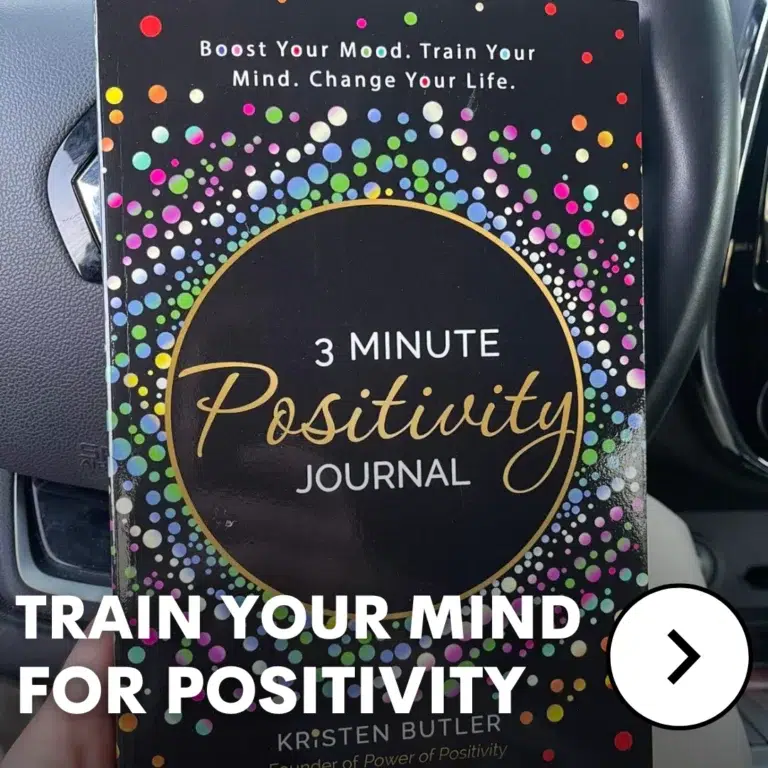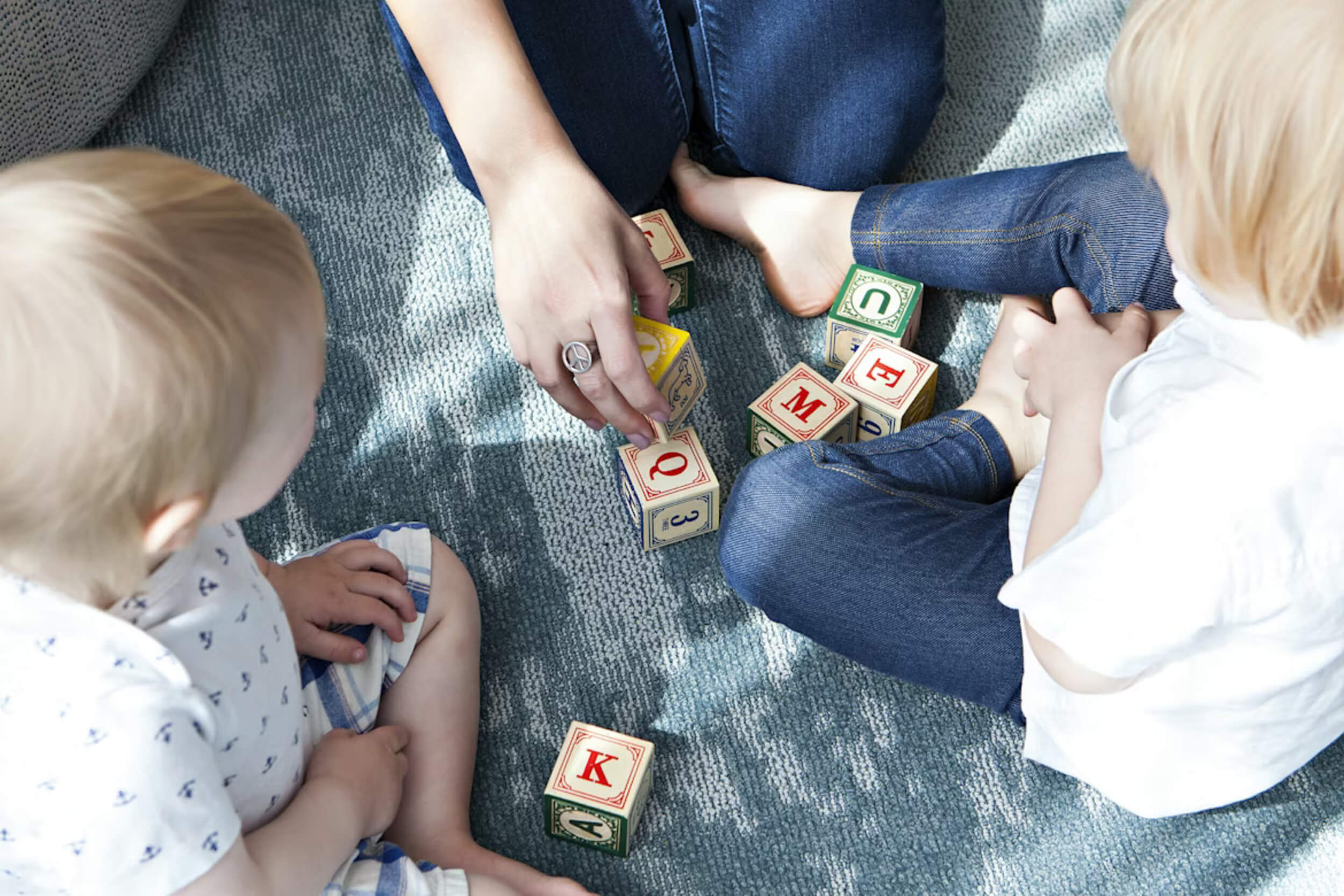Tired of quick fixes that fizzle out? This intro sets a calmer pace. We’re going for weight loss that lasts, built on small steps you can keep on busy days, holidays, and low-energy weeks. You’ll see what makes fast plans fall apart, what simple habits work, and a 10-step list of daily wins you can start now. Next comes answers to common roadblocks with clear fixes, plus a maintenance plan that keeps momentum going. This is for anyone stuck in the yo-yo loop who wants steady progress without harsh rules. Stick around if you’re ready for change that feels doable.
Why Quick Fixes Fail (and Keep You Stuck)
Fast plans feel exciting in the beginning — new food lists, new goals, quick results. But after a few weeks, real life steps in, and it all starts slipping. That’s the problem with shortcuts: they promise a lot but teach you very little about how to build weight loss that lasts. Here’s what really goes wrong.
1. Unsustainable Restrictions
Cutting out whole food groups or living on low calories might make the scale drop fast, but it never lasts. When your body feels deprived, it pushes back with hunger, cravings, and fatigue. Eventually, you give in, eat more, and the weight returns. That’s not failure — that’s just biology.
2. Short-Term Scale Focus
Quick fixes focus on numbers, not habits. Losing pounds doesn’t mean you’ve learned what to eat when stressed or tired. Without skills like portion balance or routine meals, any loss you see disappears the moment life gets busy again. Weight loss that lasts needs structure, not just speed.
3. Metabolism & Energy Dip
When you eat too little, your body slows down to protect itself. Your metabolism burns fewer calories, you feel tired, and everyday movement drops. Soon, losing weight feels impossible, even though you’re eating less. Real, lasting progress comes from fueling your body, not starving it.
What Actually Works for Results That Stick
Lasting change doesn’t happen overnight — it’s built one small step at a time. Instead of chasing another “plan,” think of learning skills you can use for life. Here’s where real progress starts.
1. Energy Balance Without Obsession
You don’t need to count every calorie. Try simple structure: use the plate method, eat balanced meals, and track general habits instead of every bite. The goal isn’t perfection — it’s showing up for yourself most of the time. That’s how weight loss that lasts really happens.
2. Habit Loops & Environment
Make good choices easier. Keep fruits or nuts where you can see them, cook extra protein for later, and store treats out of sight. When your environment supports your goals, you rely less on willpower. Small setup changes make healthy habits your default.
3. Protein, Muscle, and Satiety
Protein keeps you full, supports your muscles, and helps maintain your daily calorie burn. Strength training adds muscle, which keeps your metabolism active. Together, they make it easier to manage weight and energy long-term — a key part of weight loss that lasts.
The Daily Wins Playbook: 10 Small Actions You Can Keep
Start with just one or two habits this week. Once they feel easy, add more. These daily wins stack up faster than you think.
1. The “Add, Don’t Only Remove” Rule
Instead of cutting everything, focus on adding more good stuff — veggies, water, lean protein. It’s easier to build healthy habits when you don’t feel deprived.
2. Protein Anchor at Each Meal
Add a palm-sized source of protein at breakfast, lunch, and dinner — eggs, chicken, beans, tofu. It keeps you full and protects your muscle.
3. Fiber First Habit
Begin meals with vegetables, fruit, or a small salad. Fiber helps digestion, balances blood sugar, and supports steady energy through the day.
4. Drink Before You Snack
Many times, hunger is just thirst. Drink water or tea first, wait a few minutes, then decide if you’re truly hungry.
5. Plate Method, Not Perfection
Fill half your plate with vegetables or fruit, a quarter with protein, and a quarter with carbs like rice or potatoes. Add a small healthy fat. Simple and flexible.
6. 10-Minute Movement Minimum
Even short activity counts — a brisk walk, a few stretches, or squats between chores. Movement adds up and helps maintain weight loss that lasts.
7. Strength Twice a Week
Lifting weights or bodyweight exercises twice a week builds strength, tone, and supports metabolism. Think of it as long-term insurance for your body.
8. Sleep Opportunity Window
Go to bed and wake up around the same time. Even half an hour more sleep can calm hunger hormones and make better food choices easier.
9. Plan One “Default” Meal
Have one easy go-to meal for busy days — something you like and can make fast, like yogurt and fruit or eggs with toast. Simplicity beats stress.
10. Gentle Check-Ins
Each day, ask yourself: “What went well?” or “What’s one thing I can do better tomorrow?” Reflection keeps progress real and steady.
Overcoming Common Roadblocks
Everyone hits bumps along the way. The goal isn’t to be perfect — it’s to have a plan that helps you reset quickly.
“I Don’t Have Time”
Prep once, eat twice. Cook proteins in batches, chop veggies ahead, and keep quick options like canned tuna or eggs ready to go.
“Evenings Derail Me”
Late-night snacking often starts with afternoon hunger. Add a protein-rich snack earlier, and set a kitchen cut-off time after dinner.
“Weekends Undo My Week”
Pick one anchor — a healthy brunch, long walk, or short workout. You don’t need perfection, just balance.
“Travel & Eating Out”
Start meals with protein and veggies, then add your favorite carb. Stop when satisfied, not stuffed. That’s how weight loss that lasts stays consistent.
The Simple Plate Builder (No Counting Required)
A balanced plate is your best tool for steady progress:
- Half plate: vegetables or fruit
- Quarter: lean protein
- Quarter: smart carbs like rice, potatoes, or grains
- Add: a small healthy fat like olive oil, nuts, or avocado
Build it your way — swap eggs or beans for protein, use local produce, or choose frozen veggies for convenience. Batch cook when possible. Use this method for every meal to create structure without counting.
Movement Made Doable: Three Levels to Choose From
Your routine can shift with your schedule. Pick what fits this week.
Level 1: Baseline Motion
Start with a 10-minute walk each day. Stretch or move between work tasks. Every bit counts.
Level 2: Progress Blocks
Add two short strength workouts and a longer weekend walk. Track effort — not just time.
Level 3: Performance Habit
When ready, aim for skill-based goals: push-ups, squats, or carries. Add one extra rep or set weekly.
Consistent movement supports weight loss that lasts because it builds energy and confidence, not exhaustion.
Tracking That Doesn’t Take Over Your Life
Keep tracking light. Count your steps, jot quick workout notes, or tally balanced meals. Focus on how you feel — energy, mood, sleep, strength. If progress slows for two weeks, adjust one thing: add movement, cut liquid calories, or increase protein slightly.
Maintenance and Bounce-Back Plan
Pick two habits that stay non-negotiable — like protein at meals and twice-weekly workouts. Keep one flexible choice (extra sleep, meal prep, or walking). If you slip, use the “72-hour rule”: do one healthy action within three days to get back on track. That’s how you maintain weight loss that lasts without guilt.
The 4-Week Starter Path
- Week 1: Add protein at breakfast and walk 10 minutes a day.
- Week 2: Add veggies at lunch and one strength workout.
- Week 3: Drink water before snacks and add another lift.
- Week 4: Create one go-to meal and one weekend anchor, like meal prep or a long walk.
Repeat any week if needed — steady progress always beats rushing.
Final Thoughts: Progress Over Perfection
Every bit of effort counts, even the small ones you think don’t matter. A short walk, one better meal, or an extra glass of water — these moments build up and become habits that stick. Focus on steady progress, not perfection. Pick one action from the playbook, keep it going for two weeks, then add another when it feels easy. Over time, these small steps turn into a lifestyle. That’s how you create weight loss that lasts — simple, consistent, and real enough to keep doing for life.














